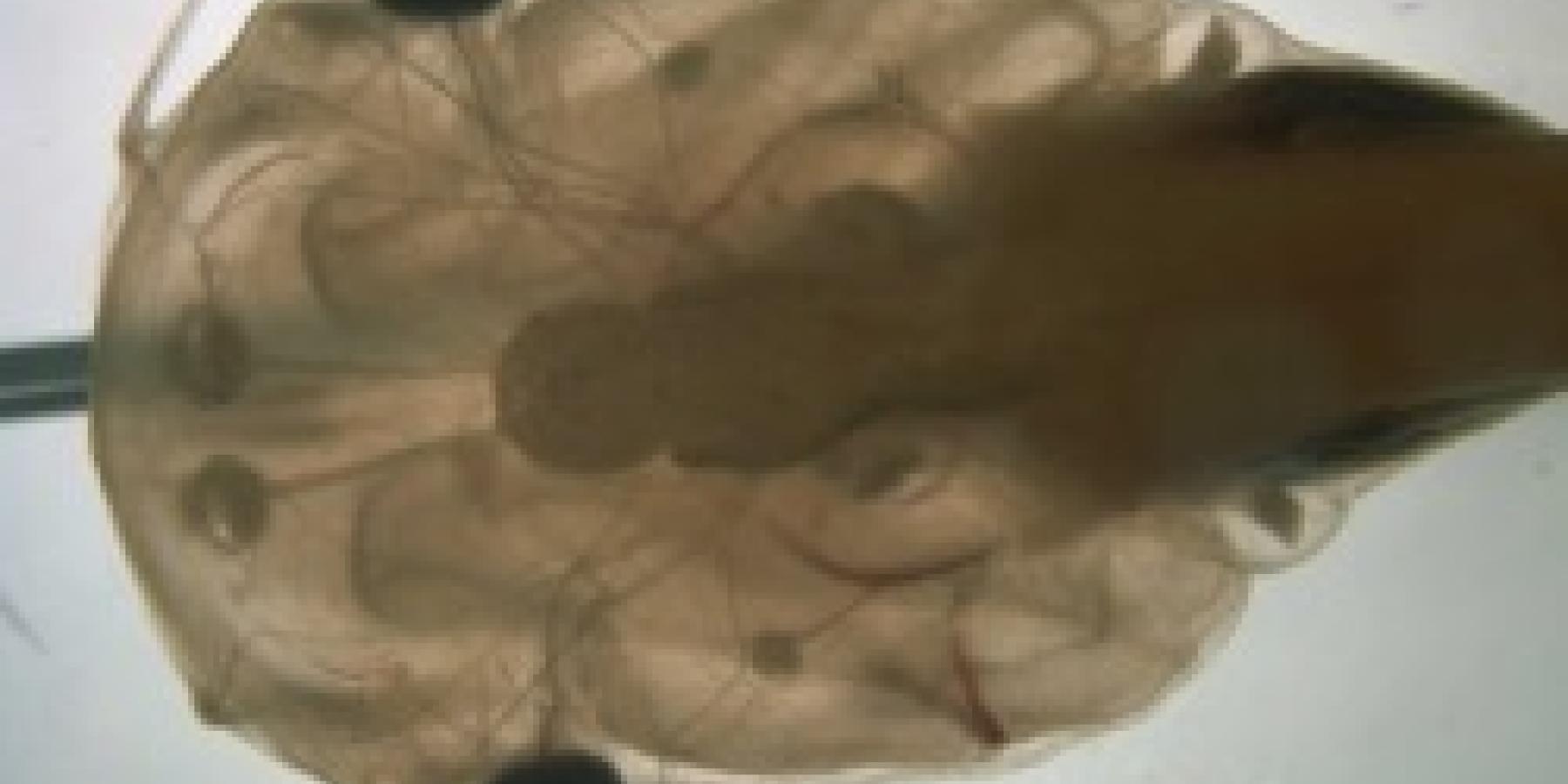Biology Department
Metamorphosis is a post-embryotic process of development for many amphibians, such as Xenopus laevis tadpoles, to mature into an adult form. This process is accompanied by the rise of thyroid hormones and studies indicate that the increase in exogenous thyroid levels can induce metamorphosis prematurely. Inhibition of this hormone will terminate metamorphosis or stop the initiation of it. During this process, many physiological changes occur on the cellular level. The tadpole experiences programmed cell death, cell proliferation, and organ remodeling. Essentially every larval organ is remodeled to fit the lifestyle of its juvenile form, including the thymus gland. The function of the thymus gland is of foremost importance to the immune system. This gland allows for the maturation of T cells, which protects against infections. During the remodeling of this organ, tadpole cells die, and new juvenile cells spontaneously replace it. This study addresses the changes in thymus size through all stages of metamorphosis and quantifying the apoptotic and proliferating cells. Thymus glands will be harvested in each stage and photographed with a digital camera and dissecting stereomicroscope and size measured. To quantify cell death and proliferation, the fixed thymus will be sectioned and stained using antibodies against caspase and phosphohistine H3, respectively. The numbers of apoptotic and proliferating cells per thymus section will be viewed and counted using fluorescent microscopy. Differences in thymus size, apoptosis, and proliferation among several different stages of metamorphosis will be analyzed using 1 factor ANOVA and Tukey’s test.
